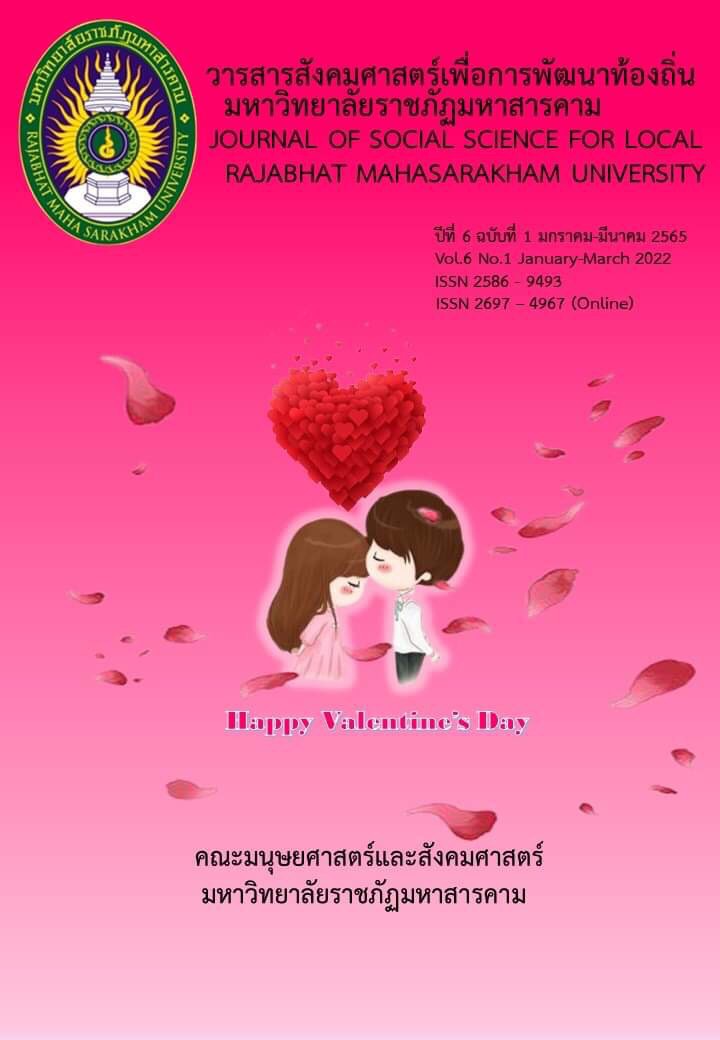An Analysis on Connotation of “Yi” Number One in Chinese Co-Appeared in the Chinese Idiomatic Structure in Xin Hua Chinese Idiom Dictionary.
Keywords:
Chinese Idioms, Xinhua Idiom Dictionary, Structure of Chinese IdiomsAbstract
The purposes of this study were 1. to collect Chinese idioms consisting of “Yi” or number 1 in Chinese co-appeared in different positions in the structure of positioning the number in four-letter Chinese idioms and 2. to analyze and categorize the connotations of “Yi” as appeared in different positions in the structure of positioning the number in four- letter Chinese idioms. The research instrument for data collection was a dictionary新华成语词典 (2nd edition, 2015). For data analysis, the researchers used a mix-study combining both quantitative and qualitative research using the structural theory of number positions in Chinese idioms of Wang Junxia (王俊霞2010), and the category of connotation using “Yi” in Modern Chinese and Chinese idioms proposed by Aree Phromrod (2012). The research findings were 1) There were a total of 10,481 Chinese idioms in the selected dictionary with 398 idioms consisting with“Yi” or number 1 in Chinese appearing in different positions in the structure of positioning the number in four- letter Chinese idioms. Considering the structure of positioning the number in four- letter Chinese idioms, it was found that“Yi” or number 1 in Chinese was placed in five positions: A, B, C, D, AC. and 2) An analysis of the category of connotation using “Yi” in four-letter. (2) Chinese idioms found that it could be classified according to different connotations into 16 categories. Besides, based on the analysis of the meanings of Chinese idioms co-appeared with number 1, it was also found that the Chinese idioms using number 1 had connoted great Chinese civilization and reflected the Chinese people’s identity through those idioms in eight aspects (1) strength, determination, decisiveness, (2) praise of brave people and heroes, (3) natures and beliefs, (4) history, (5) arts and cultures, (6) traditions and customs, and (7) governing.


